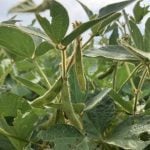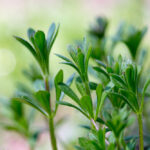Farmers need to be on their toes to keep weeds in check and prevent crop injury this spring due to environmental conditions last year and those developing now. To help make the job easier for you, Grainews reached out to weed specialists in each province for their recommendations this spring season. Alberta In Alberta, Agriculture […] Read more













